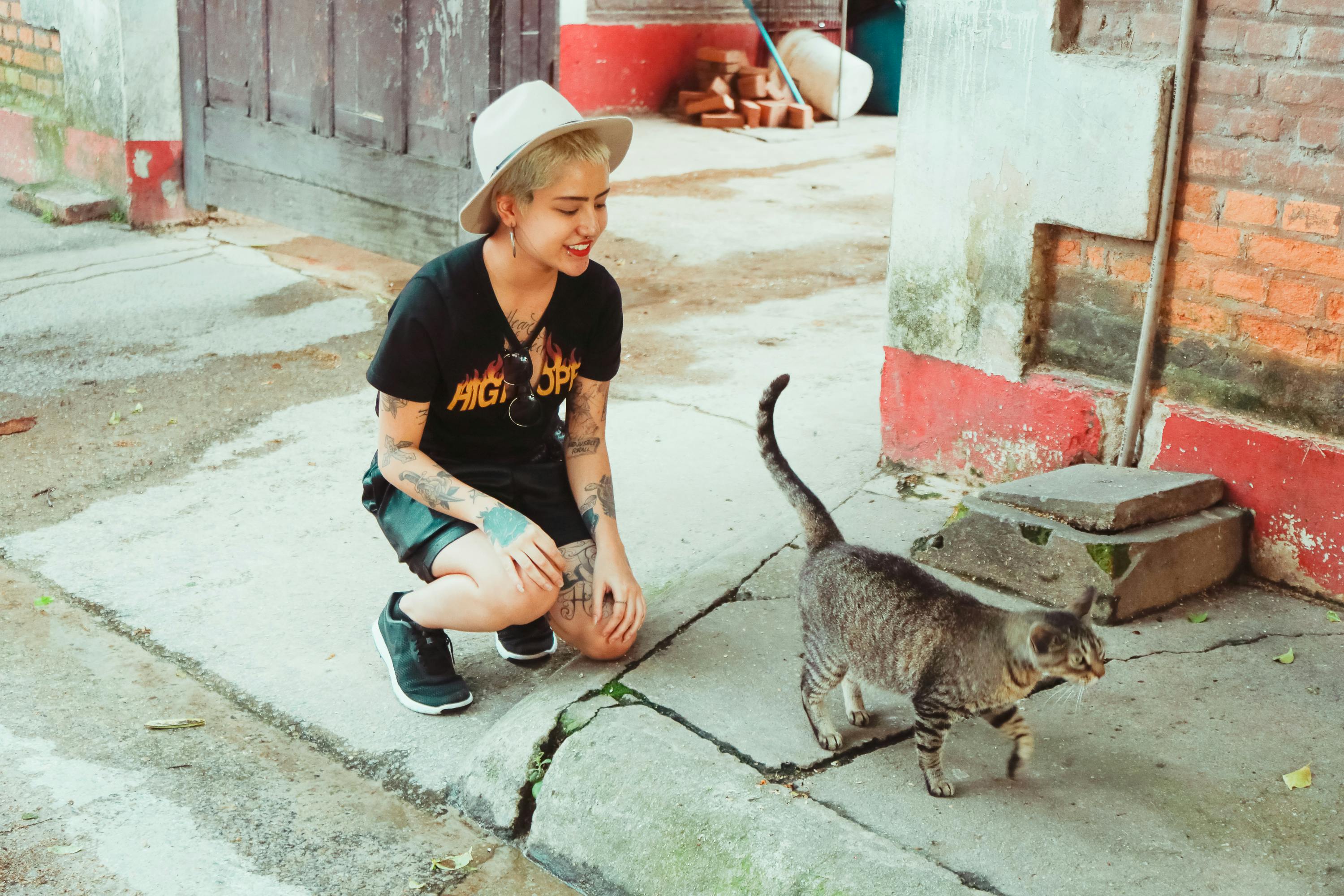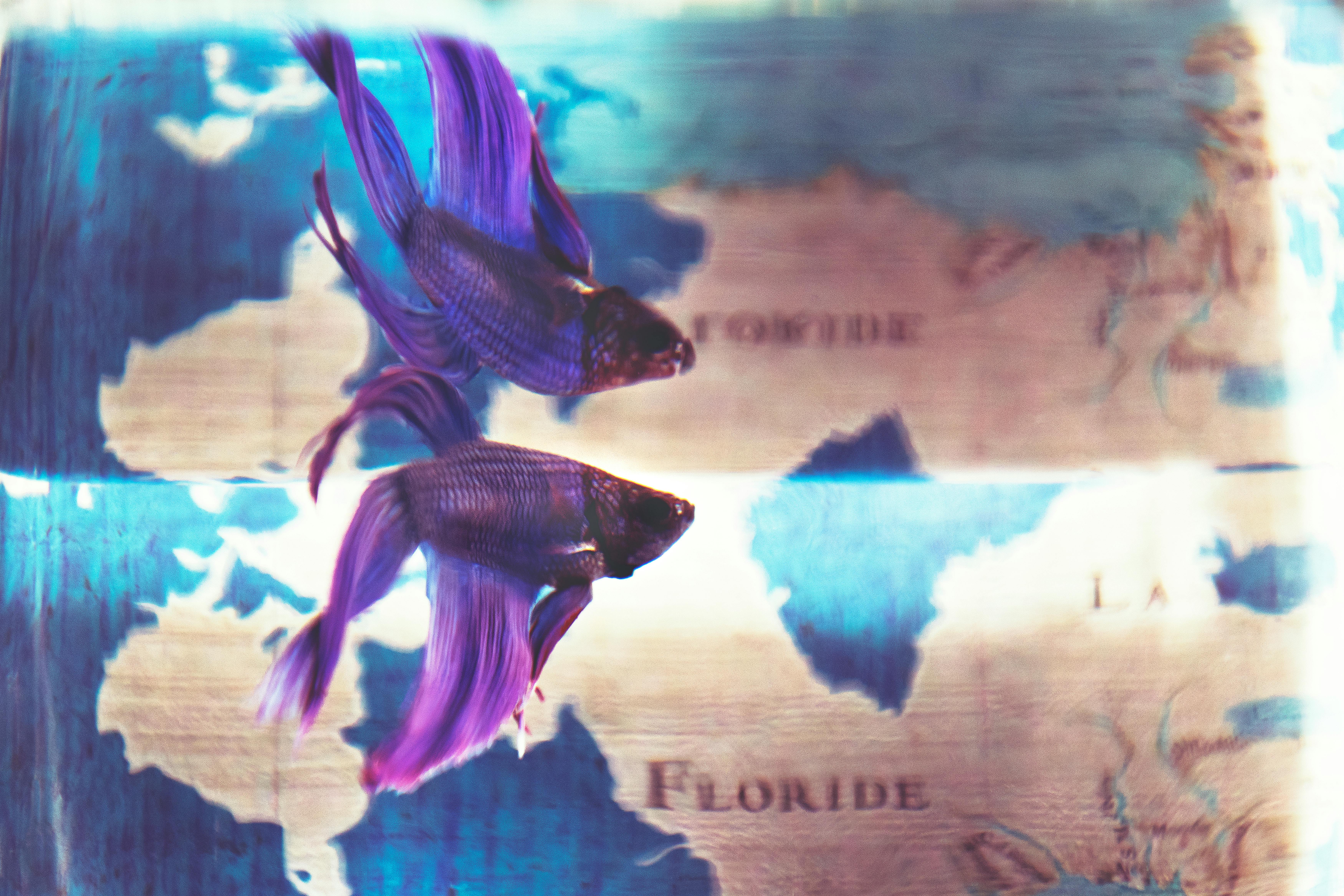Horses are herbivores and basically exhibit hindgut fermentation. Therefore, it is very essential to exercise proper feeding management in horses to obstruct both overfeeding and underfeeding. The most outstanding characteristics with respect to food are highlighted.
1. Do not supply non-nitrogenous protein substances such as urea to horses of all categories, as they cannot digest like ruminants.
2. Horses must be fed dry matter at least 1.5% of body weight.
3. Body weight (kg) = heart circumference (cm) * 2.7 for light breeds
Body weight (kg)= heart circumference (cm)* 3.1 for medium breeds
Body weight (kg) = heart circumference (cm)* 3.5 for heavy breeds
4. The most common concentrated feeds given to horses are oats, barley, gram and wheat bran.
5. When it comes to green forage, the best forage is alfalfa (either green or hay).
6. For better utilization and assimilation of nutrients, the full daily ration can be divided into 4-6 separate meals.
7. Regularity in feeding, avoiding full feeding before and after exercise and gradually changing the composition of the ration are the most important symbols in horse feeding.
8. In horses it is particular that forage is administered before cereals. but if chopped forage is available, it can be mixed with cereals or concentrate.
9. Group feeding is not recommended when it comes to grain feeding.
10. To avoid mineral deficiency, 25-40 g of mineral mix with concentrates are added daily.
11. A horse (without work) with a body weight of 400 kg will probably require 0.38 kg of digestible crude protein (DCP), 20 g of calcium, 20 g of phosphorus and 70 mg of carotene.
12. For medium work it requires 0.86 kg of DCP, 50 g of Calcium, 50 g of phosphorus and 135 mg of carotene.
13. And for heavy work requires 1.10 kg of DCP, 60 g of calcium, 60 g of phosphorus and 170 mg of carotene.
14. Horses should not be given water for at least 20-30 minutes before and after vigorous exercise.
15. The drinking water requirement is 36 liters per day and can vary according to the seasons, since in summer the demand for water increases.
16. As a general practice, it is to provide water before feeding.
17. In the general watering schedule, watering should be done three times a day in summer and twice a day in other seasons.
18. Horses have seasonal polyestrus. Early spring is considered the best breeding time in India.
19. Puberty is reached at the age of 18 months.
20. Mating should be allowed at 3 years of age when it reaches 75% of body weight,
21. The estrous cycle is 21 days and the duration of heat is 4 to 6 days.
22. They should be bred 2 to 3 days after the onset of oestrus symptoms.
23. The mare’s tail should be bandaged and held to one side so that it does not interfere during copulation.
24. For breeding, one stallion is enough for 30-40 ponds.
25. A stud must be used 5 times in a week.
26. A very observable sight at the time of delivery is the appearance of drops of wax on the nipples one or two days before delivery.


